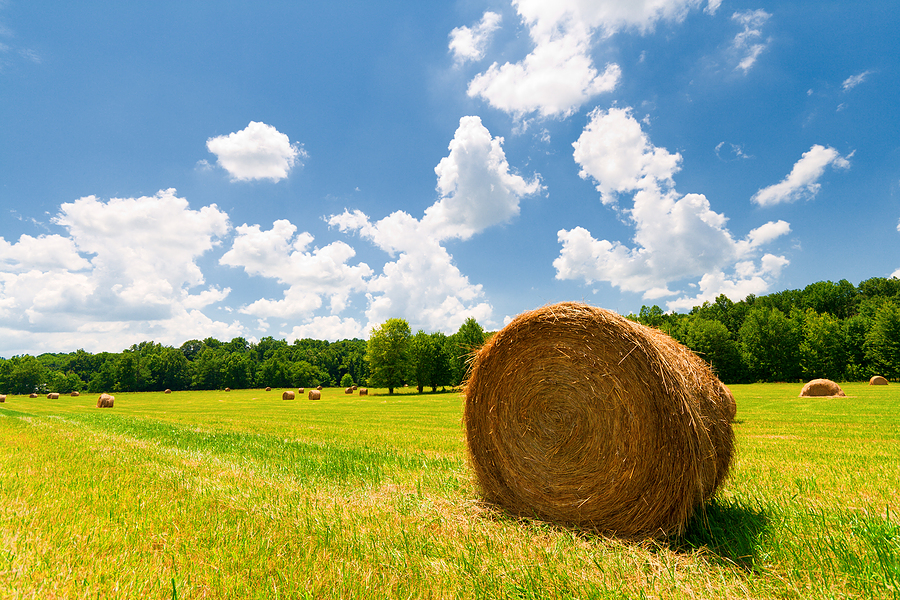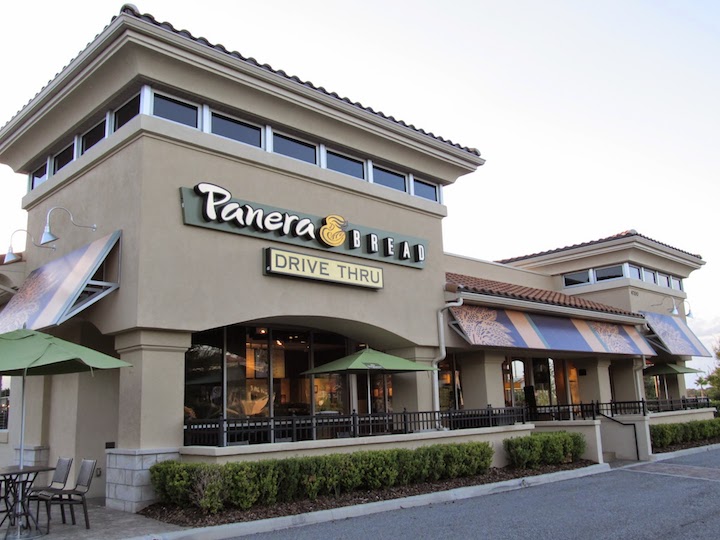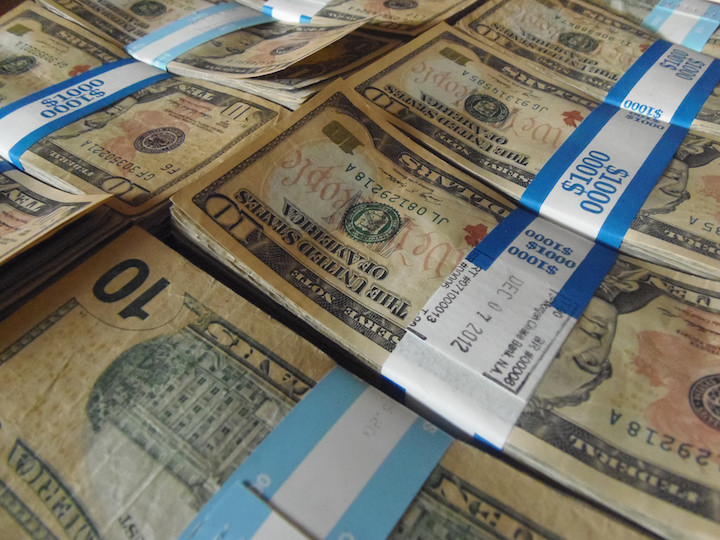
Coffee is kind of a big deal here in the United States — the average American adult drinks around three cups a day, which adds up to some $40 billion each year, according to the National Coffee Association. That’s no small beans.
Globally, coffee production generates more than 23 million tons of waste per year — from the pulp of fresh coffee cherries through the packaging that brings the roasted beans to your favorite barista. For most people, used coffee grounds are the most visible example of this waste — what we throw out after making each fresh brew. While most of us don’t give a second thought to our spent grounds, these black, sodden remains of pulverized coffee seeds have great potential for finding new life as renewable resources.
With Earth Day reminding us that it’s time to get smarter about food waste, here are three ways businesses already are turning coffee waste into valuable resources:
Continue reading “3 ways companies are turning coffee waste into resources”




